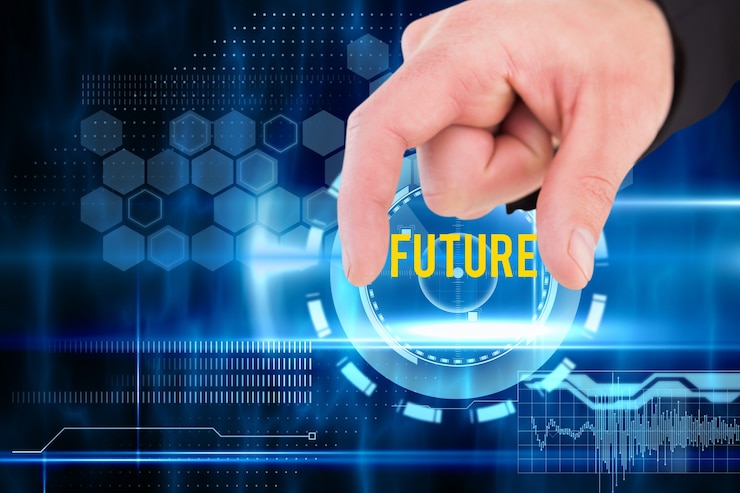In an age marked by rapid technological advancements, it’s no secret that technology is shaping our world in unprecedented ways. From the Internet of Things (IoT) to 5G networks, artificial intelligence to automated driving, the landscape of emerging technologies seems endless. Yet, within this complexity lies a profound simplicity – the role of texts, or scientific knowledge, at the heart of technology.
Defining Technology in a Textual Context
At first glance, technology may seem like an overwhelmingly multifaceted concept. Definitions often revolve around its practical applications, such as Wikipedia’s description of technology as “the sum of techniques, skills, methods, and processes used in the production of goods or services.” Another perspective from bing.com defines technology as “the application of scientific knowledge for practical purposes, especially in industry.” While these definitions accurately capture the essence of technology, they leave room for interpretation and fail to delve into the core elements that underpin it.
To truly understand technology, we must recognize its fundamental connection to scientific texts. Just as science finds its basis in textual representation, so does technology. It is through these texts that knowledge is preserved, organized, and shared, serving as the cornerstone of both science and technology.
Scientific Texts: The Core of Technology
Scientific texts, which serve as the foundation of technology, encompass a wide range of documentation. They include methods, skills, materials, procedures, principles, and more. These texts play a pivotal role in understanding, learning, communication, and record-keeping in the realm of technology. Technical manuals and specifications serve as indispensable resources for engineers and users alike. They offer detailed insights into the workings of products, often surpassing the clarity and accuracy of the products themselves.
It’s important to emphasize that the power of scientific texts lies not only in their physical existence but in their ability to shape human thought and action. These texts are not mere instructional documents; they are catalysts for innovation, problem-solving, and progress.
Distinguishing Science from Technology
While science and technology share the common thread of scientific texts, they diverge in their objectives. Science primarily focuses on observation and explanation, seeking to understand the natural world. In contrast, technology is oriented toward action and implementation. It leverages scientific knowledge to bring about change and achieve specific goals. Scientific texts can seamlessly transition between the realms of science and technology, serving as a bridge that transforms theoretical knowledge into practical application.
The Text-Centered Model of Science and Technology
To better comprehend the interplay between science, technology, and texts, we can propose a text-centered model. This model begins with investigative observations, which give rise to scientific and technological texts. These texts, in turn, guide human actions and applications. The actions precipitate changes in the environment, which then become the subject of new observations, leading to the generation of fresh scientific and technological texts. This cyclical process embodies the dynamic relationship between science, technology, and the textual representation that fuels them.
Expanding the Definition: Beyond Humans
In contemplating the nature of technology, we must consider its potential extension beyond human endeavors. Animals and machines, including AI, have the capacity to employ technology. In these cases, scientific texts guide actions not directly through human intervention but via these entities. This expansion underscores the universality of the text-centered model of technology.
A New Basis for Understanding Our Technological World
By defining technology as “the scientific texts that guide human activity,” we gain a deeper understanding of its essence. This definition highlights the pivotal role of scientific texts in shaping our technological landscape. It clarifies the relationship between science and technology and presents a unifying framework where both are intricately tied to texts.
In our increasingly technology-driven world, this perspective provides a foundation for meaningful discussions about the impact, ethics, and future of technology. It acknowledges the pivotal role of texts as the linchpin of our technological advancements, paving the way for further exploration of our ever-evolving technological reality.

